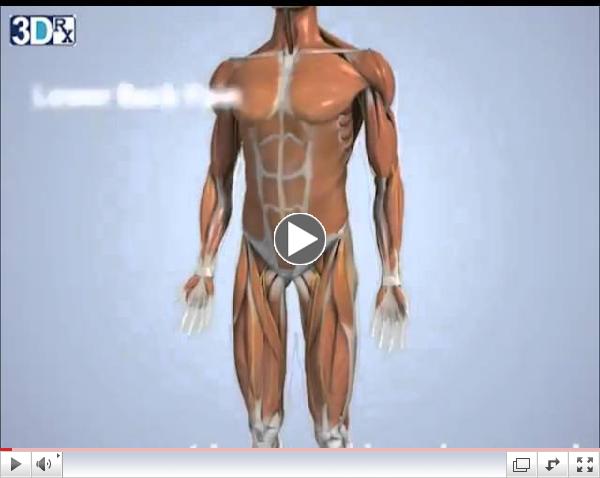Operative & non-operative management of High-Grade Spondylolisthesis in children
Spondylolisthesis is the forward (anterolisthesis) or backward (retrolisthesis) slipping of one vertebrae on an adjacent one, that occurs usually at the base of the spine,from a number of causes. It can lead to a deformity of the spine, narrowing of the spinal canal and compression of exiting nerve roots. It is easily diagnosed by plain lateral x-rays and is graded (Grades I to V) according to the percentage of slip. The optimal management of high-grade (III-V) spondylolisthesis in the growing child is controversial as surgical interventions result in >10% risk of complications/neurologic injury.
A study of 49 patients (mean age 12.6 years) treated either surgically or non-operatively for high grade spondylolisthesis and followed to age 20.1 years (mean) finds no outcome differences between the groups. Non-operative "watchful waiting" in a minimally/asymptomatic child appears safe.
Journal of Pediatric Orthopedics |
Video Feature
 | | Spondylolisthesis |
via YouTube
|
The "weekend effect" in pediatric surgery
A study using the Nationwide Inpatient Sample and the Kids Inpatient Database identified 112,064 similar children (<18 years of age) admitted for a common, urgent surgical procedure over a weekend vs. a week day (327,393), finds that more patients on the weekend die, receive a blood transfusion and/or suffer a procedural complication.
Journal of Pediatric Surgery
|
Online social networking in adolescence & psychosocial functioning.
Data collected and analyzed of 10,930 adolescents aged 14-17 years (form 6 European countries) on usage of social networking sites (SNS) indicates that 70% use online communication tools.
40% spend 2 hours or more daily on SNS and this in young adolescents (14.9-15.9 years) results in more internalizing problems, lower academic scores and less physical activity. Interestingly, in older adolescents heavy SNS use appears to be of value with offline social competence.
Journal of Adolescent Health |
The adenoids & tonsils in children with renal transplantation.
A study comparing the incidences of adenoidectomy and tonsillectomy of normal and renal transplant children indicates that patients who receive a renal transplant are at significantly greater risk of adenotonsillar hyperplasia requiring surgery (especially males and young recipients).
Journal of Pediatric Nephrology
|
Pearl of the Week
To understand the heart and mind of a person, look not at what he has already achieved, but at what he aspires to do.
-Kahlil Gibran
________________________
|